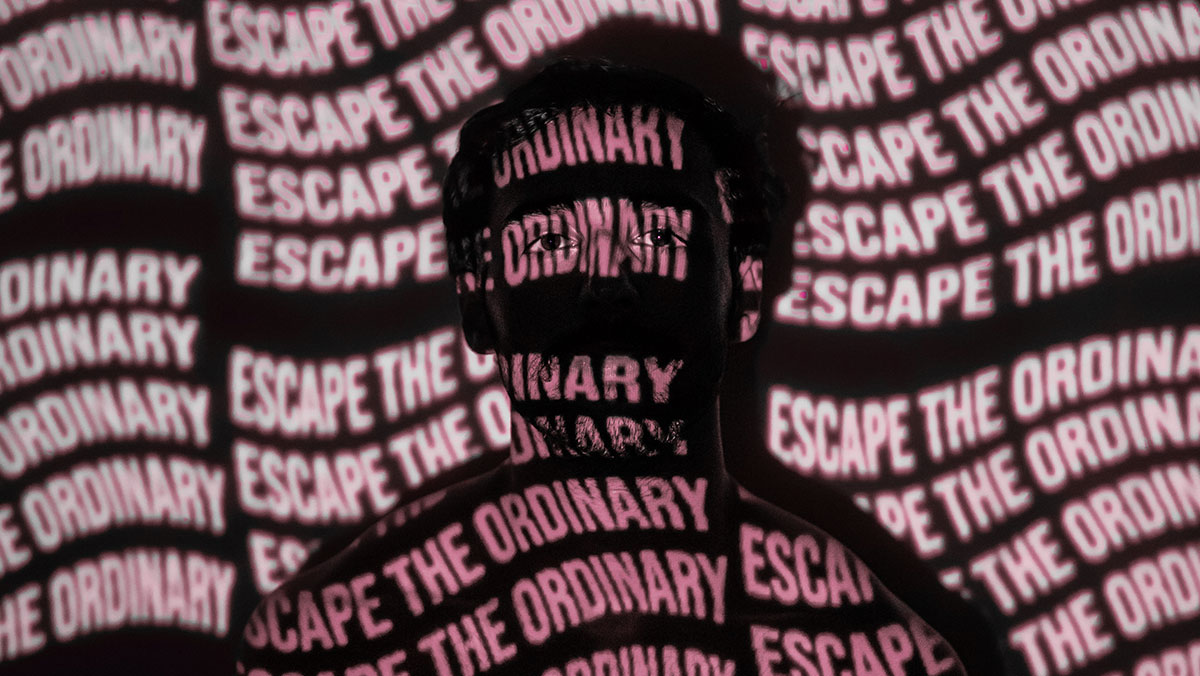
There’s been a lot of focus in the marketing press recently on the importance of D&I in our discipline. And rightly so.
How can we begin to claim ‘market orientation’ unless we recognize said market is made up of all ages, genders, demographics, ethnicities, abilities, and sexual identities?
How can we hope to have divergent thinking – so crucial to ensure we innovate rather than merely imitate – without diversity?
And yet, we seem to have forgotten the unparalleled importance of inequality in our discipline, to wit – the inalienable need to drive inequality in the market.
Or, to put it more bluntly, we’ve forgotten that the job of marketing is actually one of discrimination; to create an offer for sale that clearly delineates itself versus the available alternatives, in order to exist in a profitable monopoly of its own creation.
It doesn’t have to be via a product USP – there are only so many ‘melts in your mouth and not in your hands’ out there. It can be borne away from utility, perhaps in the way a service is positioned (AA’s “The 4th Emergency Service”), or the beliefs that permeate the company (Patagonia’s “We’re in Business to Save our Home Planet”).
But it has to be there. Which might sound bloody obvious, but the notion is as increasingly rare in our discipline as a full-length trouser is in a hipster bar.
The problem is, to stand out you need to polarise. To provoke, marginalize, divide and inflame. Not in a Nick Griffin way – marketing should never seek to demean or stigmatize its audience or practitioners – but it does require the fundamental recognition that you cannot and should not try to be all things to all (men, women, non-binary, trans, intersex, androgyne, gender fluid) folk.
And the problem with that is, for all our bluff and bluster, marketers are cowardly creatures.
They ask questions like:
- How can we be different but still appeal to as broad an audience as possible?
- How can we stand out but not alienate people?
- How can we get new customers but not upset our existing ones?
With fear in the driving seat, it is far easier to take the path of least resistance than it is to carve out your own unique route.
Drawing attention to ourselves risks reprisals. It means heads on blocks and arses on lines. Feathers ruffled and fingers pointed.
Like a working-class kid at a boarding school, better to be just another guy standing in a circle of self-validation than to be the guy with the funny accent who asks ‘is this really the best use of our time or talents?’
And because no one questions the quo, most brands’ propositions and resultant comms are the marketing equivalent of magnolia paint.
“How can we hope to have divergent thinking – so crucial to ensure we innovate rather than merely imitate – without diversity?”
Genuine discernible estrangement of some of the people who ‘might’ buy you takes bravery. It means, as Kotler once said, “drawing a clear distinction between suspects and prospects”. Not all segments are worthwhile. Not all audiences are created equal. We must forfeit to flourish.
In the battle for attention, sides must be picked.
And yes, that means some people will be repelled by your brand or business. They might call it out on social media and tell their mates how awful they think it is. But for every hater, there’ll be a disciple.
I’m exaggerating, of course. No one is going to throw themselves on the floor and pledge unerring devotion to your brand, unless your brand is Ryan Reynolds. But the principle is sound. Equality in how people think about you versus your competitors is the bedfellow of indifference. Or worse, invisibility.
As Jack Welch famously said, “markets are pitiless”. And so too, is the current economic situation for millions of people. Spend is under scrutiny across the board.
Now, more than ever, you need a flashpoint to light a fire in that tiny fraction of a brain cell that people give to brands like yours, in the hopes of being noticed, recognized, and chosen.
That doesn’t necessarily mean you need bigger budgets. Sometimes bigger kahunas can do the job just as well. If you can’t outspend your competition, you sure as hell have to outthink them.
Creative cunning and strategic smarts can be the oxygen that feeds the flames; discontinuous thinking delivers the kind of ideas that are as conspicuous as a comfy shoe on a stripper.
And the great news is, for those prepared to walk the walk on their unequal footing, regardless of the risks, those are the brands and businesses who will withstand the tsunami of shite heading our way.
The rest will merely be fat bloated corpses washed up on the beach of banality, milky dead eyes staring blindly up as the buzzards circle greedily overhead.
Cover image source: Dollar Gill